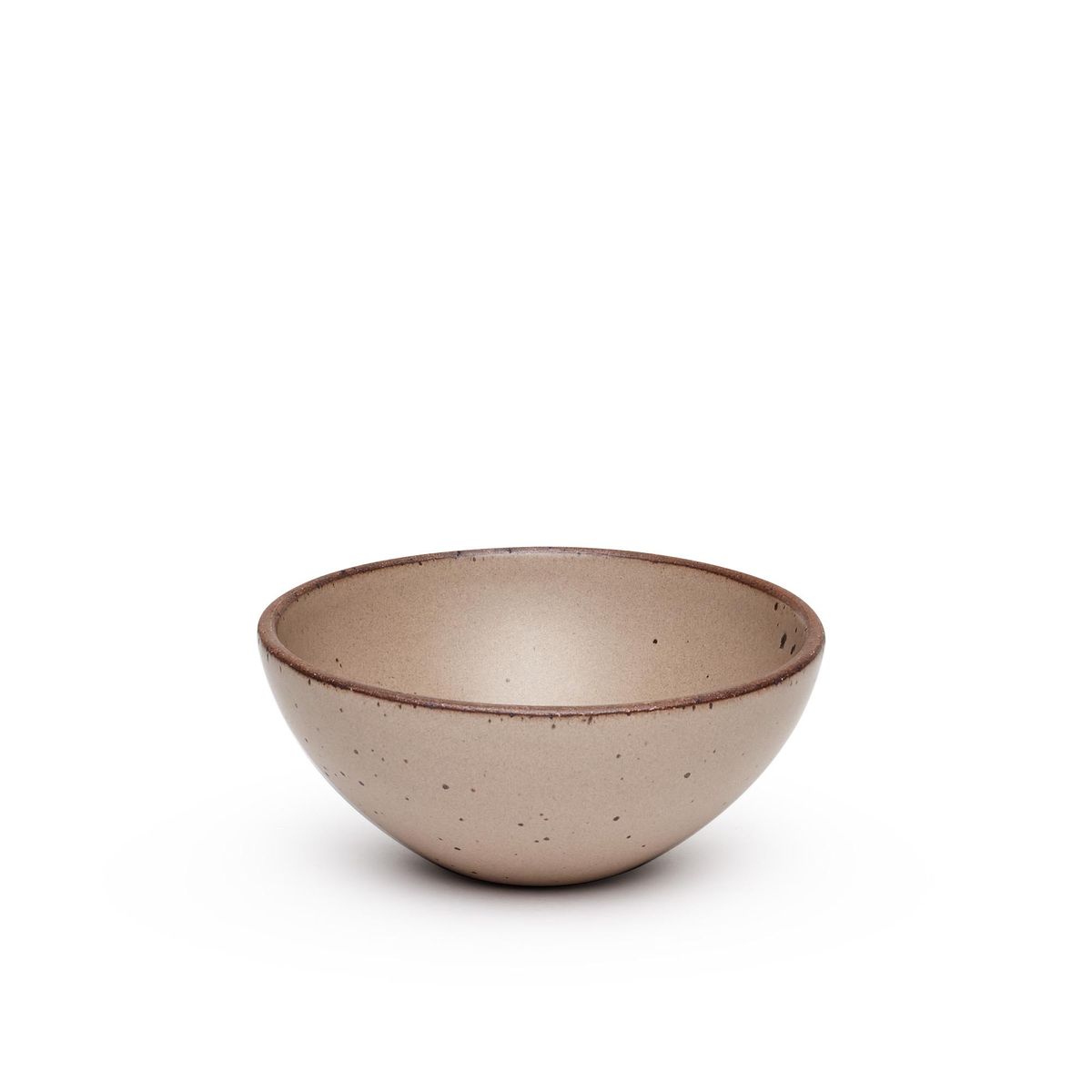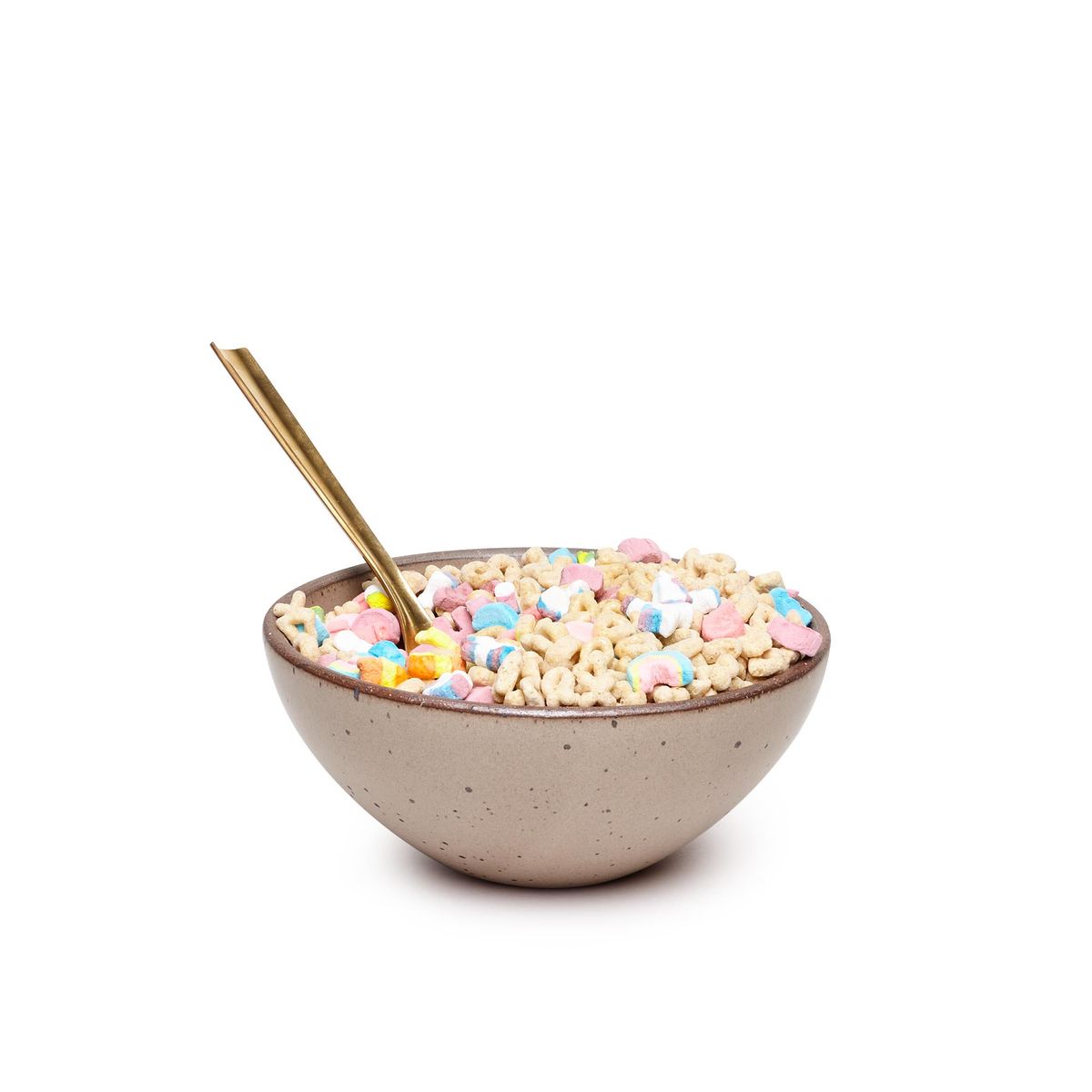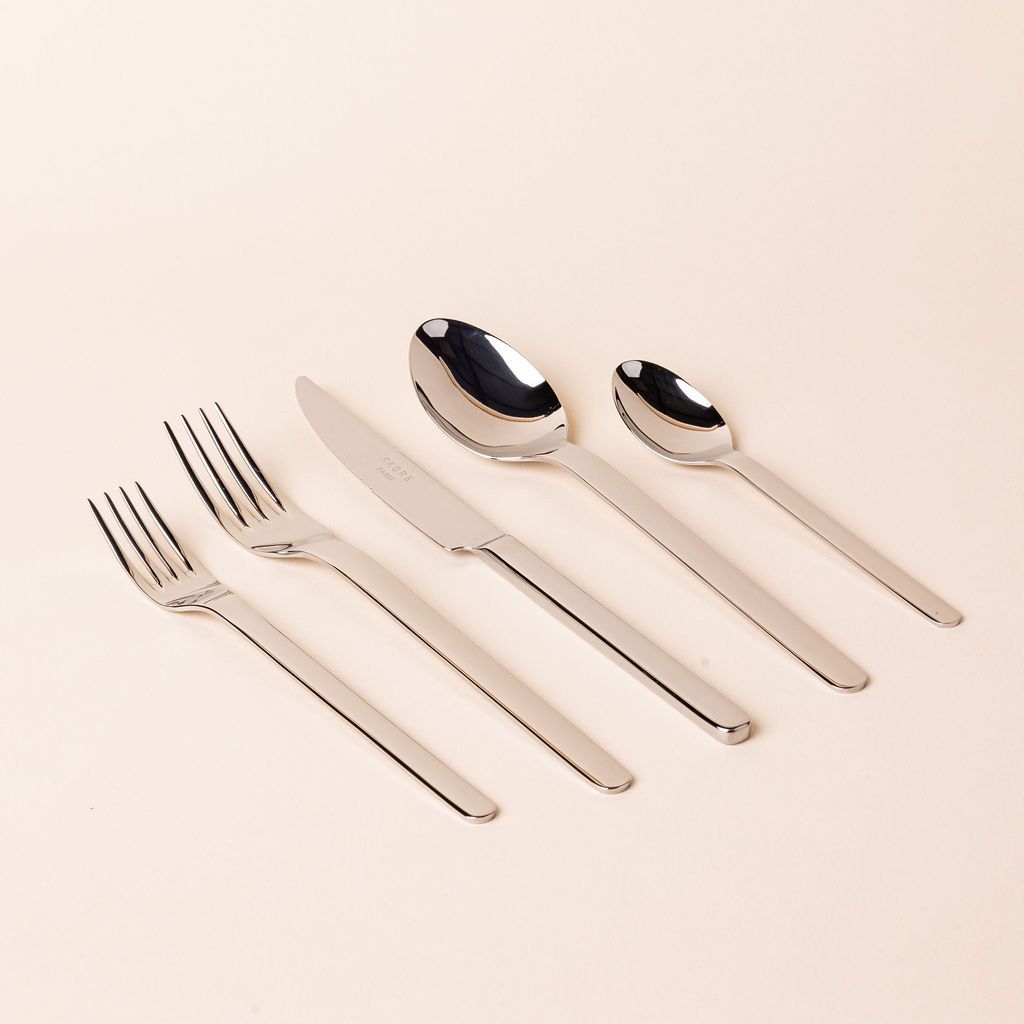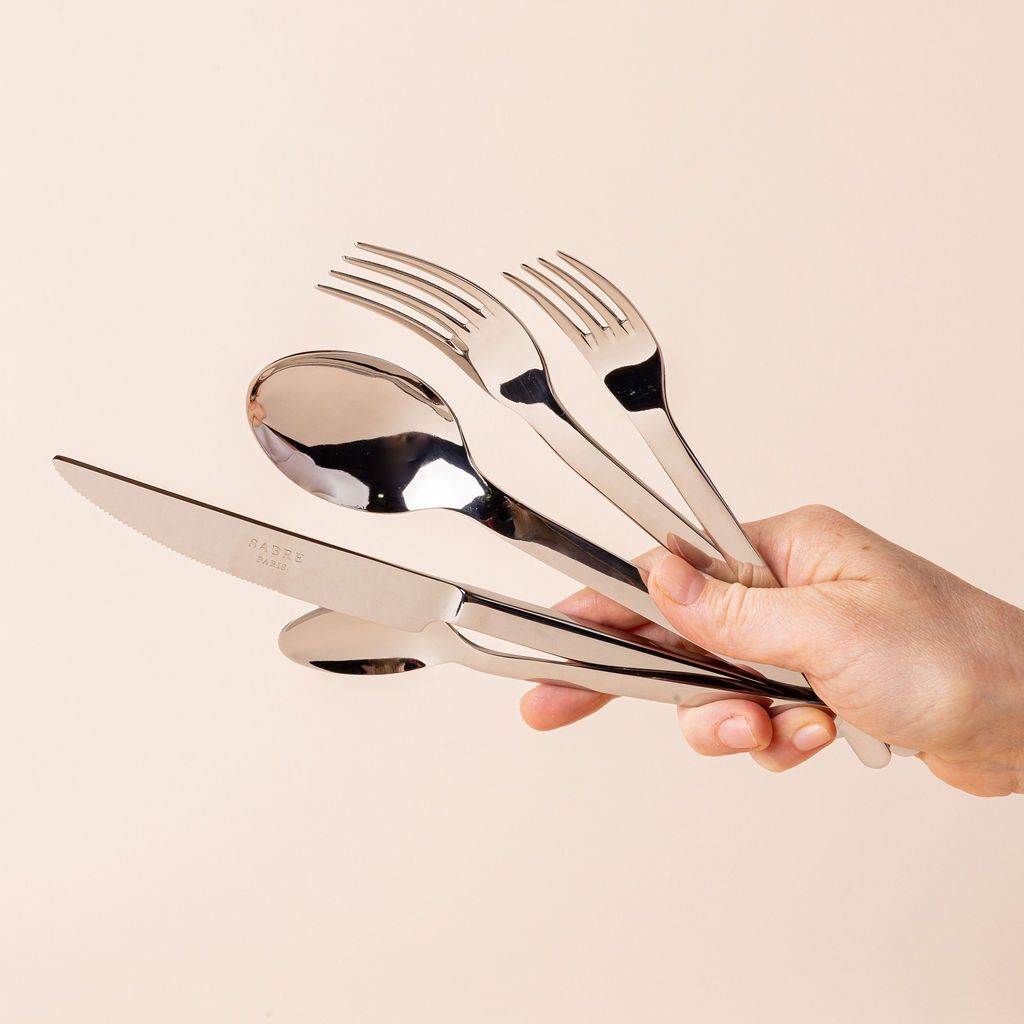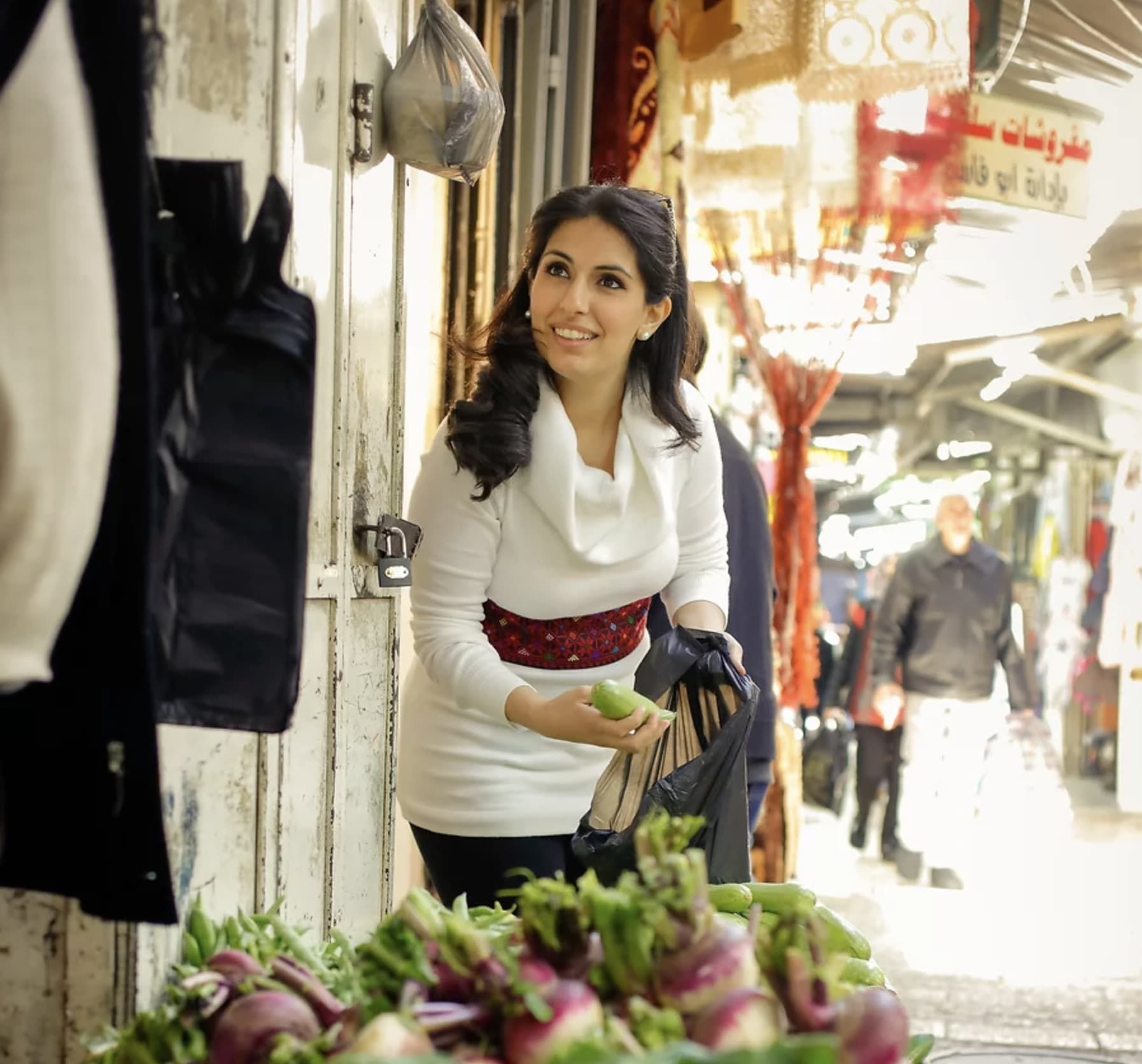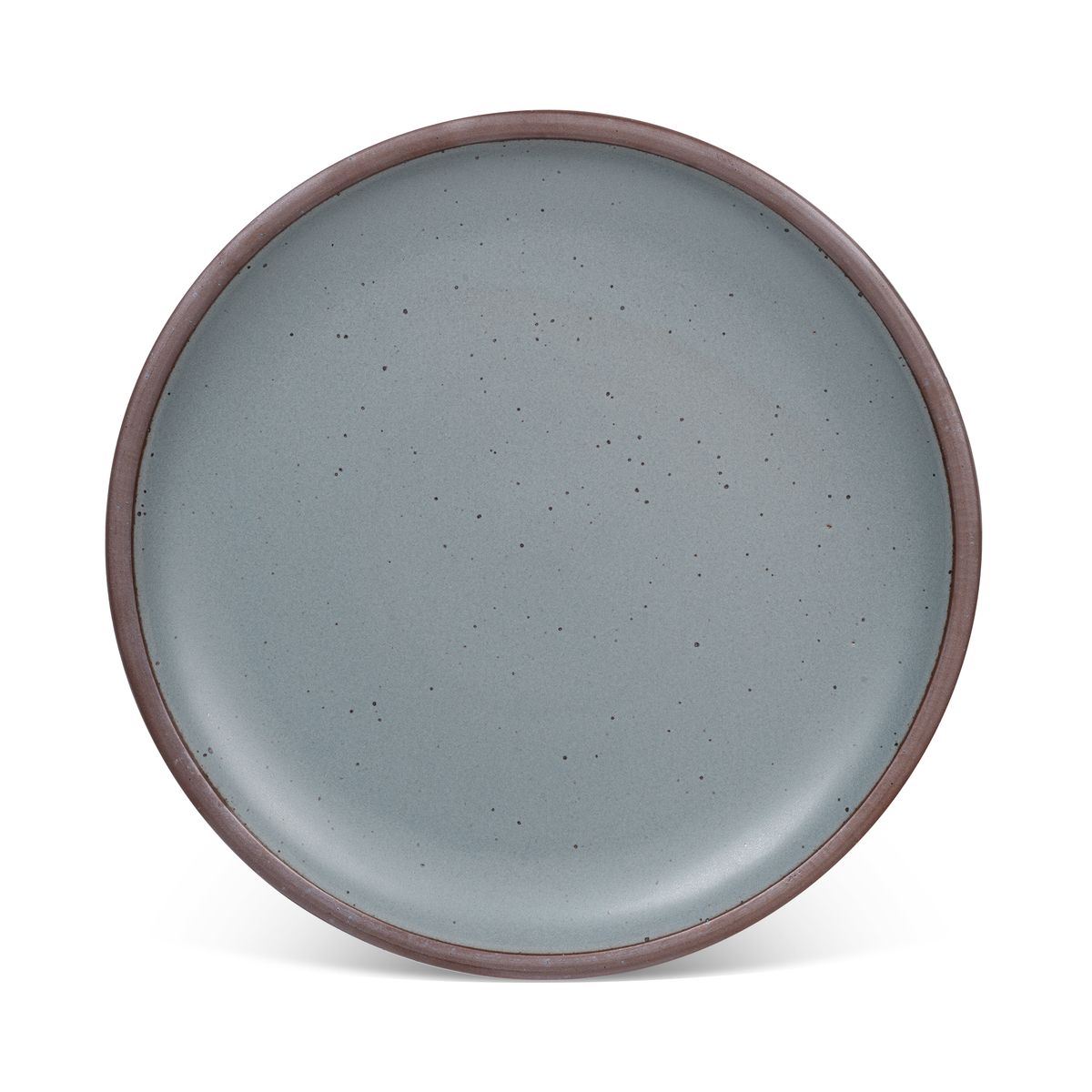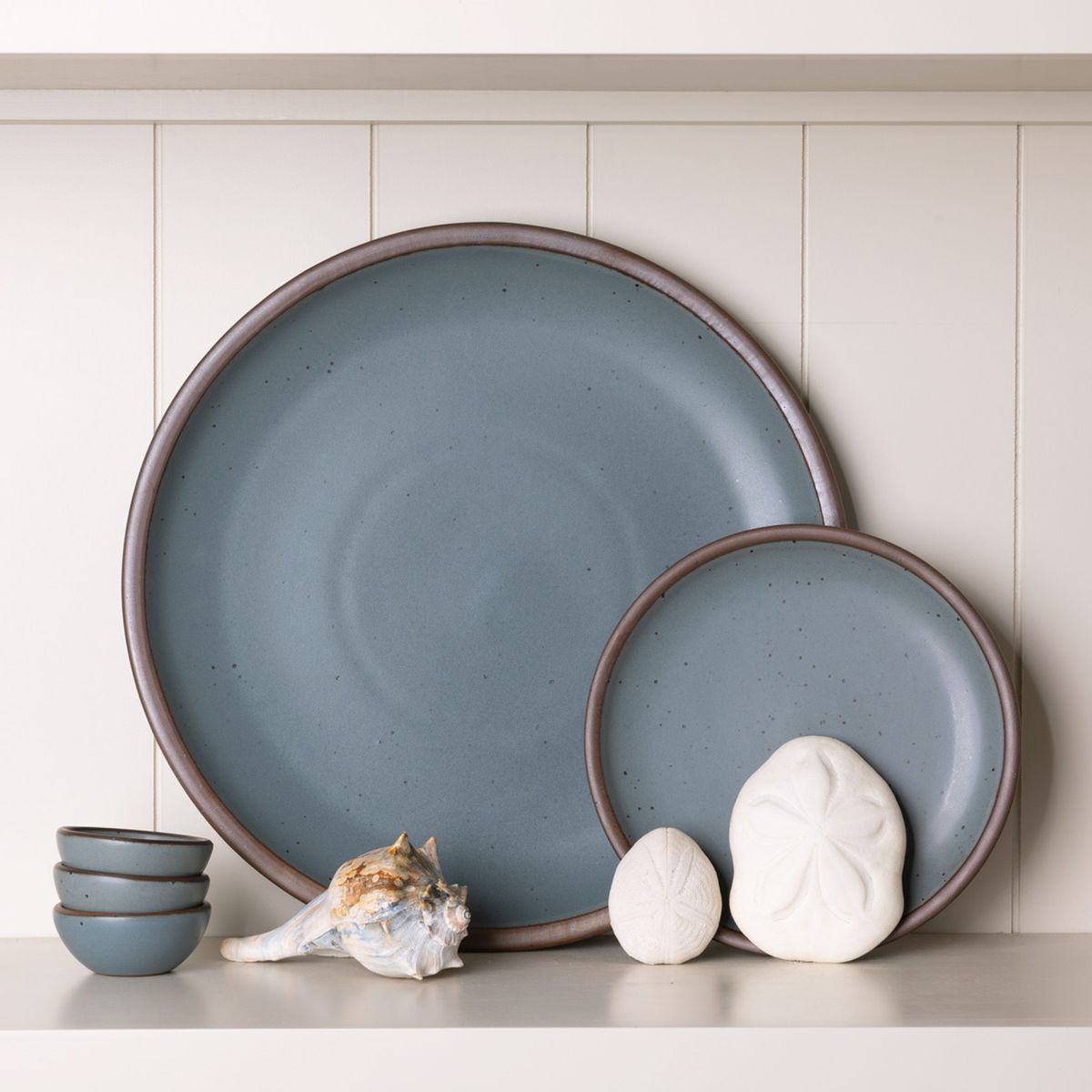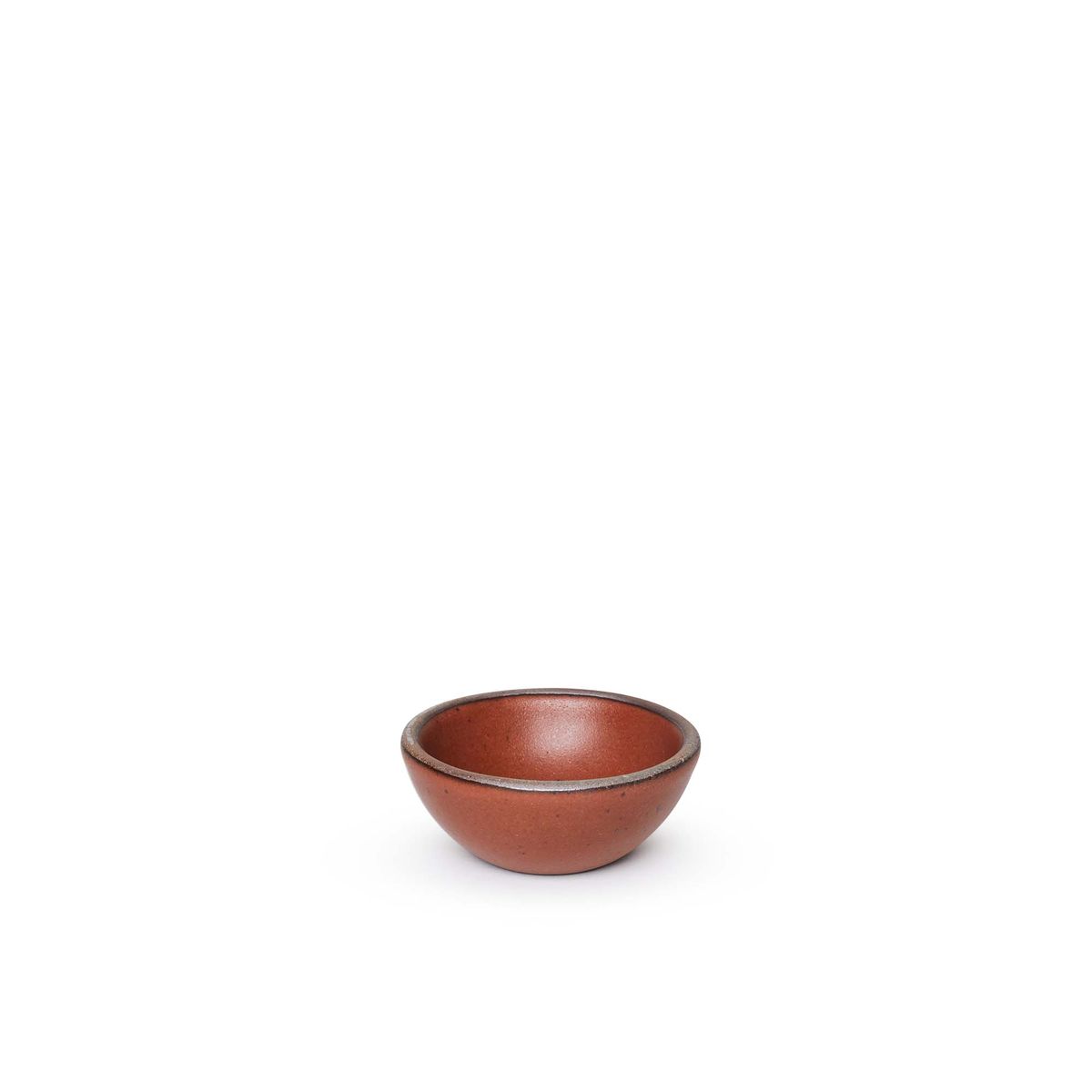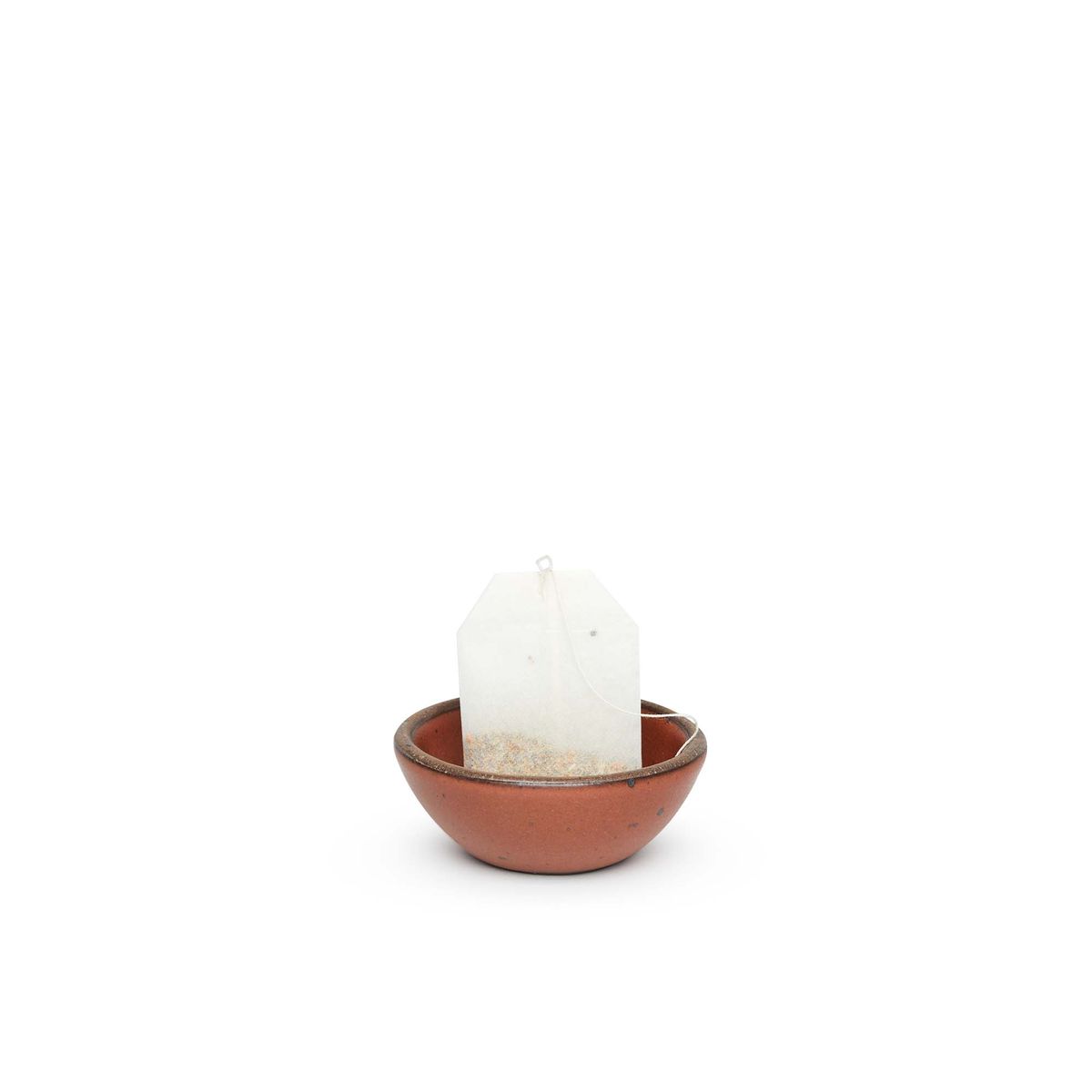Pleasure around the Palestinian Table
When Reem Kassis was a child in Jerusalem in the 1990s, her Palestinian family’s home was perfumed with the scent of allspice and coriander from her mother’s beloved nine spice mix.
One day, she heard a rumor that her Teta Fatima had a secret. Reem scoured the conversations she heard around her family’s kitchen table where she soaked up generational knowledge like Gazan fatteh smothered in lemon juice and garlic.
After much pleading, her mother finally revealed the family secret: “It’s love, Reem. Teta Fatima just loves cooking.”
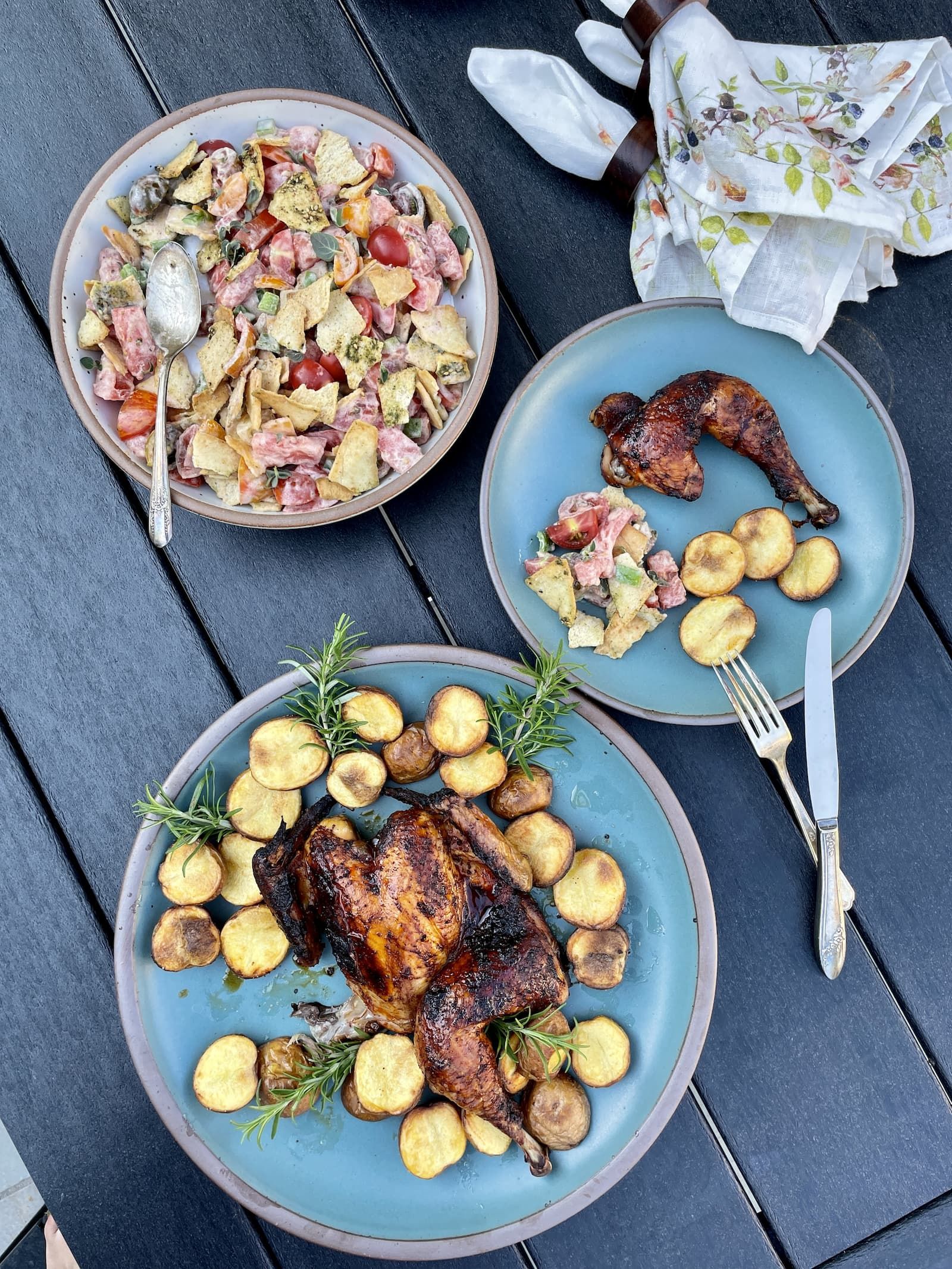
Recipes from Reem Kassis
Split Pea Falafel
Ingredients
- About 1 cup (3oz/80g) mixed greens: any combination of parsley, cilantro, garlic scapes, radish greens (tops), or watercress
- 4 scallions (spring onions), or 1 small onion, halved
- 2 cloves garlic, peeled
- 1 red or green chili (optional), seeded
- 2 tsp. Salt
- 2 tsp. Ground coriander
- 2 tsp. Ground cumin
- 9 oz (250 g) dried green split peas, soaked overnight in water and drained (do not use canned)
- 9 oz (250 g) dried chickpeas, soaked overnight in water and drained (do not use canned)
- Vegetable oil, for deep-frying
- 2 teaspoons baking powder
For serving
- Pita bread
- Amba Tahini
- Pickles
- Dried cucumbers and tomatoes
Make the falafel
In a food processor, combine the mixed greens, scallions (spring onions), garlic, chili, salt, coriander, and cumin and process until finely chopped. Add the drained chickpeas and split peas and continue to process, stopping and scraping down the sides of the bowl occasionally, until everything comes together in a coarse paste. You want it grainer than hummus texture to keep the falafel light and fluffy. Transfer the paste to a bowl. At this point, if not frying immediately, the mixture can be stored in the refrigerator for a couple of days or in the freezer for a couple of months.
When you are ready to cook the falafel, line a plate with paper towels. Pour 2-3 inches (5-7 cm) oil into a large wok or dutch oven (casserole) and heat over medium-high heat at 350 degrees F (180 degrees C) or until a pinch of falafel mixture bubbles up to the surface right away.
Meanwhile, sprinkle the falafel mixture with baking powder and mix well.
Working in batches, use a falafel scoop (see Notes) or ice cream scoop to drop walnut sized falafel balls one by one into the hot oil, taking care not to overcrowd the pan. (If you do not have a scoop, use your hands to roll the dough into balls; see Notes.) Fry until a deep golden brown, about 5 minutes. Remove from the oil with a slotted spoon and drain on the paper towels.
To serve
Serve with pita bread, amba tahini, pickles, and diced vegetables.
Notes
Take care not to overcrowd or densely pack the falafel, otherwise the texture will not be fluffy. The less you handle it with your hands after mixing in the baking powder, the better.
Falafel scoops, sold online or at Middle Eastern grocery stores, are stainless steel tools that you spoon falafel mixture into, shape into a dome with a spoon, and then use a thumb operated lever to drop directly into the hot oil.
Tomato and Za’atar Bread Salad with Tahini Dressing
It is incredibly common across the entire Mediterranean region to add stale bread to soups and salads to turn them into a substantial meal. Just take panzanella, fattoush, dakos, ribollita, wodzionka, thareed, and the countless fatteh dishes as examples. The origins of such dishes are twofold, I imagine. On the one hand, it bulks up a dish to feed more people, and on the other hand, it makes use of stale bread instead of tossing it.
This salad is not a particularly common or famous Arab dish, but it is inspired by my childhood summers when my mother would take fleshy sun-ripened tomatoes, green chilies and torn pieces of bread then drizzle everything with tahini and lemon juice and a sprinkling of za'atar before mixing everything by hand to squeeze the juices and flavors together. It was so simple, yet so satisfying. This presentation is an elevated take on that humble summer supper.
Ingredients
- 1 cup (about 2 oz/60 g) pita bread, cut into bite size squares
- 1 teaspoon olive oil
- 1 tablespoon za’atar
- 10 oz (300 g) tomatoes, cut into bite-size pieces (or halved if using cherry tomatoes)
- ½ teaspoon salt
- 2 tablespoons fresh lemon juice
- 1 tablespoon tahini
- 1 green chili, finely chopped
- 3 sprigs fresh mint, leaves picked and finely chopped
Make the salad
Preheat the oven to 350°F (180°C).
Arrange the bread squares on a sheet pan, drizzle with the olive oil, sprinkle with the za’atar, and toss to combine.
Bake until crisp but not browned, about 20 minutes.
Remove from the oven and set aside. (This step can be done several days in advance and the croutons stored in an airtight container at room temperature. You can also double or triple the quantity because these make the most delicious chips on their own!)
Place the tomatoes in a colander set over a bowl and sprinkle with the salt. Set aside for at least 20 minutes, tossing occasionally, to allow the juices to drain into the bowl.
Measure out 2 tablespoons of the drained tomato juice and place into a small bowl. Stir in the lemon juice and tahini to combine.
To serve, transfer the tomatoes to a serving bowl and add the chili, mint, and pita croutons.
Drizzle with the tahini sauce and toss to combine.
This can be enjoyed immediately but is best if set aside for 5–10 minutes before serving to allow the bread to absorb more of the dressing.
Pomegranate Chicken
One of my favorite dishes as a child was the chicken my mother roasted in the oven. It had extremely crispy skin with such deep layers of flavor that I often gave up my chicken in exchange for the skin on someone else’s piece. Today, my oldest daughter does the same, fighting us all for the crispy bits.
Luckily, this dish has crispy and flavorful bits to spare. Sptachcocking, or even jointing, the chicken means there is plenty of surface area to crisp up and the chicken cooks more evenly. The marinade also helps the chicken remain moist as it roasts, while at the same time giving us skin that crisps and browns nicely thanks to sugars found in the pomegranate molasses. But this also means that roasting low and slow is key because otherwise the sugars would burn faster than the chicken can cook.
This roast chicken is not your average roast, but it is still incredibly versatile. It can be served simply with some roast potatoes or vegetables, it can even be served alongside plain pasta that is tossed in the roasting pan fat and juices, or for a more summery and refreshing take, you can serve it alongside a tomato and bread salad.
Chicken
- 1 Tbsp. untoasted sesame oil or olive oil
- 1 Tbsp. garlic granules
- 1 Tbsp. pomegranate molasses
- 1 Tbsp. soy sauce
- 1 Tsp. tomato paste
- 1 Tbsp. salt
- 2 Tsp. aleppo pepper
- 1 Tsp. sumac
- 1 Tsp. Nine-spice mix, baharat, or Lebanese 7-spice blend
- 1 Tsp. crushed dried za’atar leaves, or ½ tsp. each dried oregano and thyme
- ½ Tsp. ground coriander
- ¼ Tsp. ground cumin
- 1 whole chicken (4-4 ½ pounds, 1.5-2 kg), spatchcocked, cut in half, or jointed
Sauce
- 1 ½ cups (1 ½ oz/45 g) sprigs fresh cilantro (coriander)
- ½ cup (½ oz/15 g) sprigs parsley
- 2 or 3 jalapeno peppers, seeded
- 2 cloves garlic, peeled
- 2 Tbsp. labaneh
- ¼ cup (2 fl oz/60 ml) extra virgin olive oil
- 3 Tbsp. fresh lemon juice
- 1 Tbsp. pomegranate molasses
- 1 Tsp. salt
- ½ Tsp. ground cumin
Prepare the chicken
In a bowl large enough to hold the chicken in whatever form its in, combine the oil, garlic granules, pomegranate molasses, soy sauce, tomato paste (puree), salt, Aleppo pepper, and all the spices and herbs and mix well. Add the chicken and turn to coat with the marinade on both sides and under the skin as well. Refrigerate, uncovered, for at least 2 hours but preferably overnight.
Preheat the oven to 425 degrees F (220 degrees celsius), convection if available. Line a sheet pan with parchment paper.
Arrange the chicken skin-side up on the prepared pan. Transfer to the oven with the legs towards the back of the oven. Roast until the skin is crispy and dark golden brown and an instant-read thermometer registers 165 degrees F (74 degrees C) in the thickest part, 1 hour to 1 hour 10 minutes. If you prefer the skin much crispier and dont mind slightly drier meat, roast for an additional 10-20 minutes. The exact timing will depend on the weight and variety of chicken, and how you have cut it. Jointed pieces will take less time than spatchcocked, so check throughout for doneness and desired crispiness. Remove from the oven and let sit for 10 minutes before serving.
Meanwhile, prepare the sauce
In a mini food processor or blender, combine the cilantro, parsley, jalapeños, garlic, labaneh, olive oil, lemon juice, pomegranate molasses, salt, and cumin and blend until finely chopped and combined. Transfer to a small serving bowl.
Carve the chicken and serve, passing the sauce around for each person to drizzle over their portion.
